Cats possess a remarkably keen sense of smell, which plays a crucial role in how they perceive and interact with their environment. Unlike humans, who primarily rely on sight, cats interpret the world mostly through their noses. This superior olfactory ability, estimated to be 14 times stronger than that of humans, enables cats to navigate, hunt, communicate, and even bond.
Structure of a Cat’s Nose
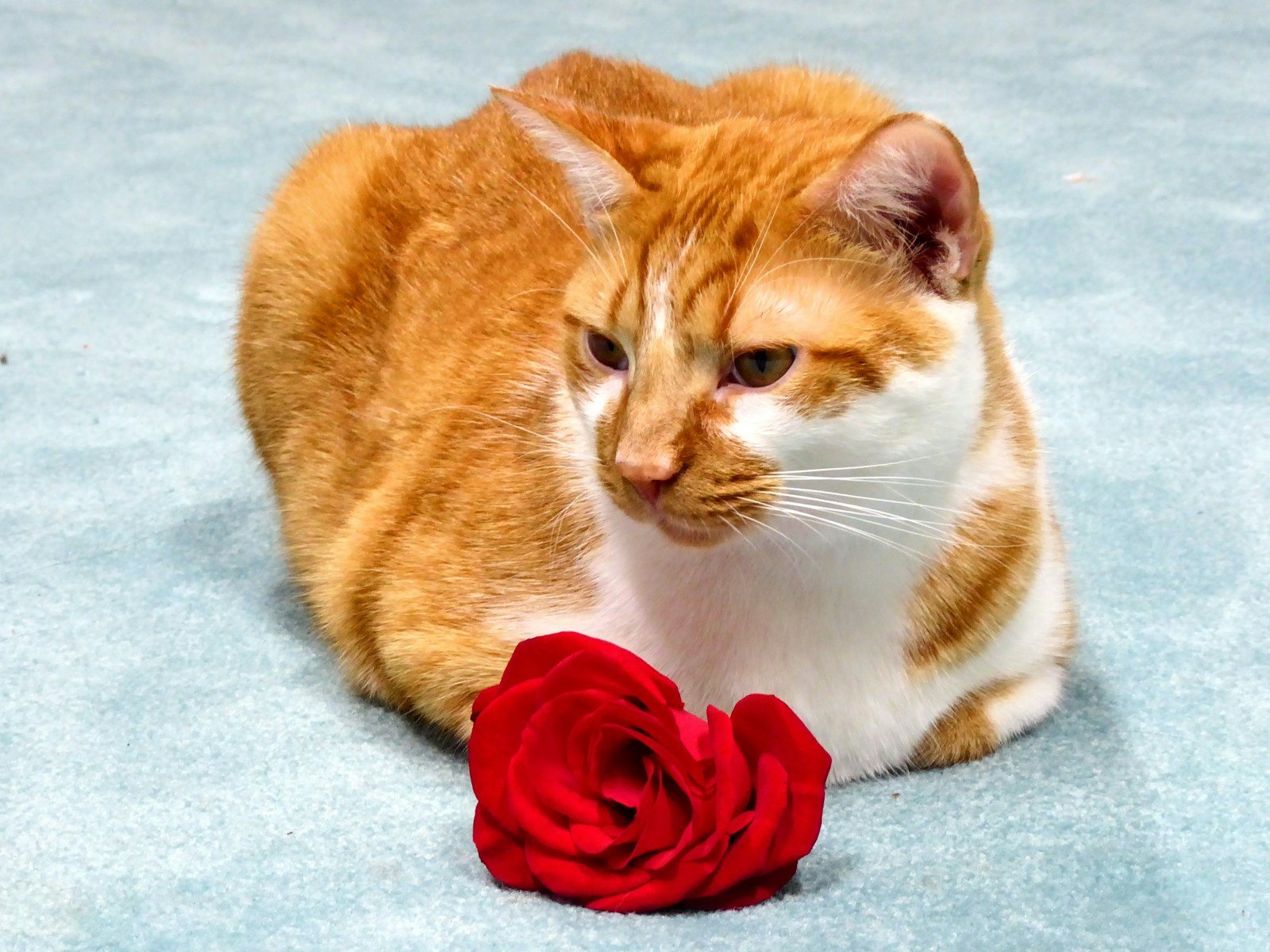
The anatomy of a cat’s nose is uniquely structured to maximize its olfactory capabilities. Cats have a large number of olfactory receptors in their nasal cavities—around 80 million, compared to about 5 million in humans. These receptors are connected to the brain’s olfactory bulb, which is proportionately larger in cats than in many other animals, further enhancing their sense of smell.
The Role of the Vomeronasal Organ
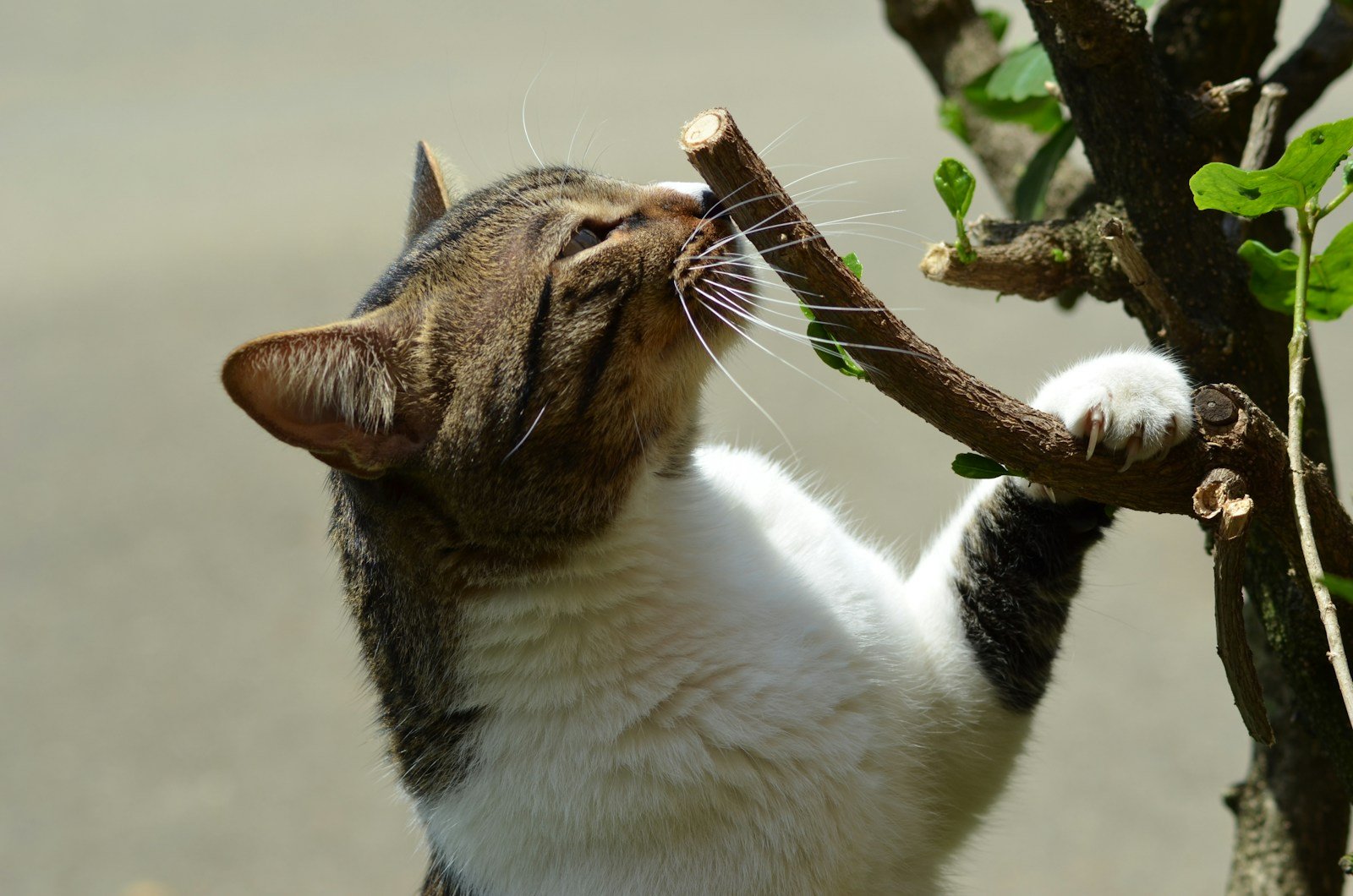
In addition to their primary olfactory system, cats possess a specialized organ known as the vomeronasal or Jacobson’s organ. Located on the roof of the mouth, this organ detects pheromones—chemicals involved in communication between animals. When cats exhibit the Flehmen response, curling back their lips and opening their mouth slightly, it is often an attempt to draw scent particles toward this organ.
Smell and Territory Marking
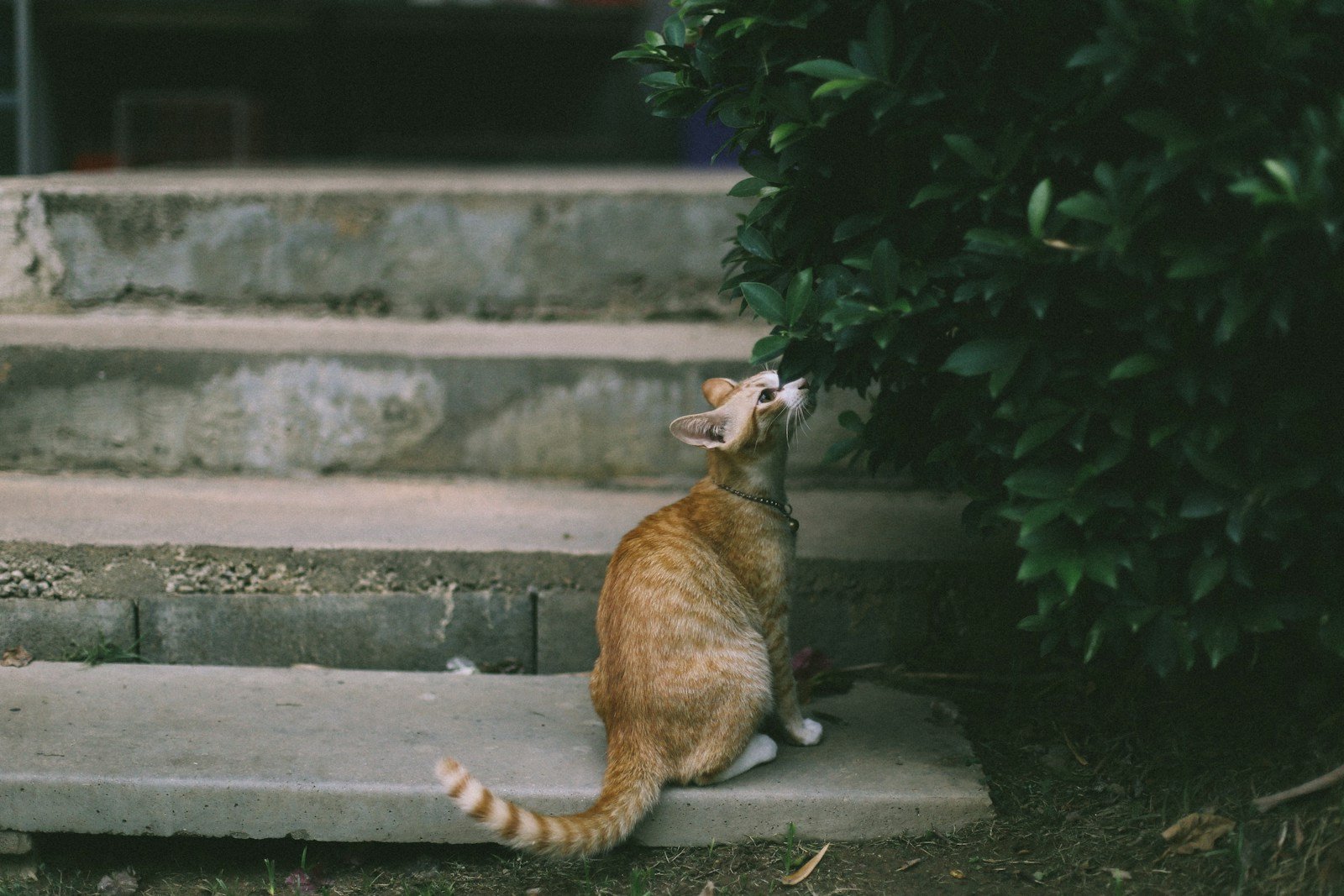
Scent plays a vital role in how cats establish and maintain their territory. Cats have scent glands on various parts of their bodies, such as their cheeks, paws, and the base of the tail. They deposit these scents through rubbing or scratching, marking their territory with a personal signature that signals ownership to other cats and helps them navigate familiar areas.
Navigating Through Scent Trails
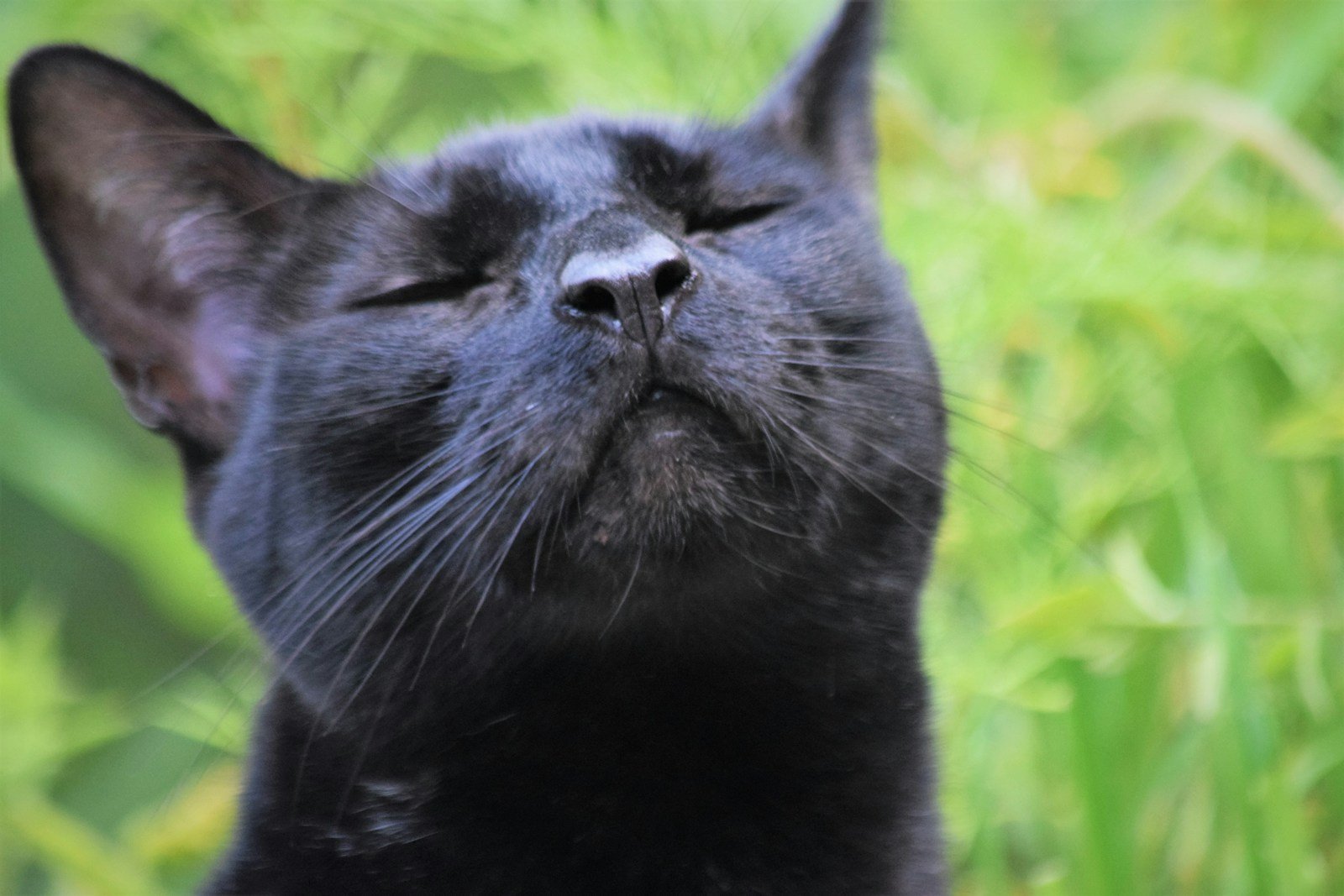
Cats utilize their sense of smell to detect and follow scent trails. This skill is particularly useful for outdoor cats who need to find their way back home or locate prey. Cats have a remarkable ability to differentiate individual smells, allowing them to track specific scent marks left by themselves or other animals over distances and time.
Olfaction and Hunting
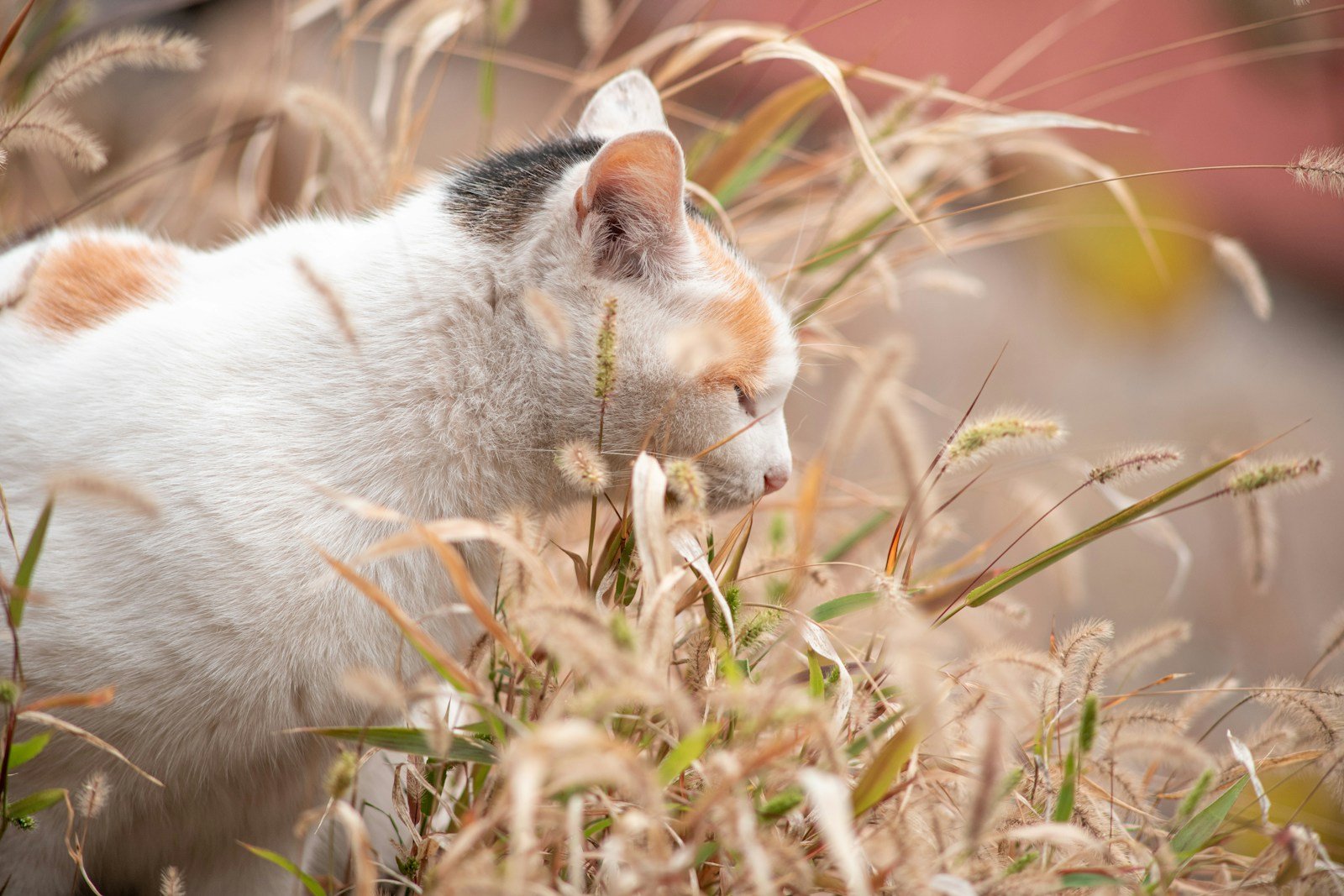
While their keen eyesight and hearing aid in hunting, a cat’s sense of smell is equally crucial. Cats use their noses to detect the presence of prey hidden out of sight. The ability to smell subtle shifts in a potential target’s scent allows them to close in on their prey with stealth and precision, making them adept hunters.
Social Communication through Scent
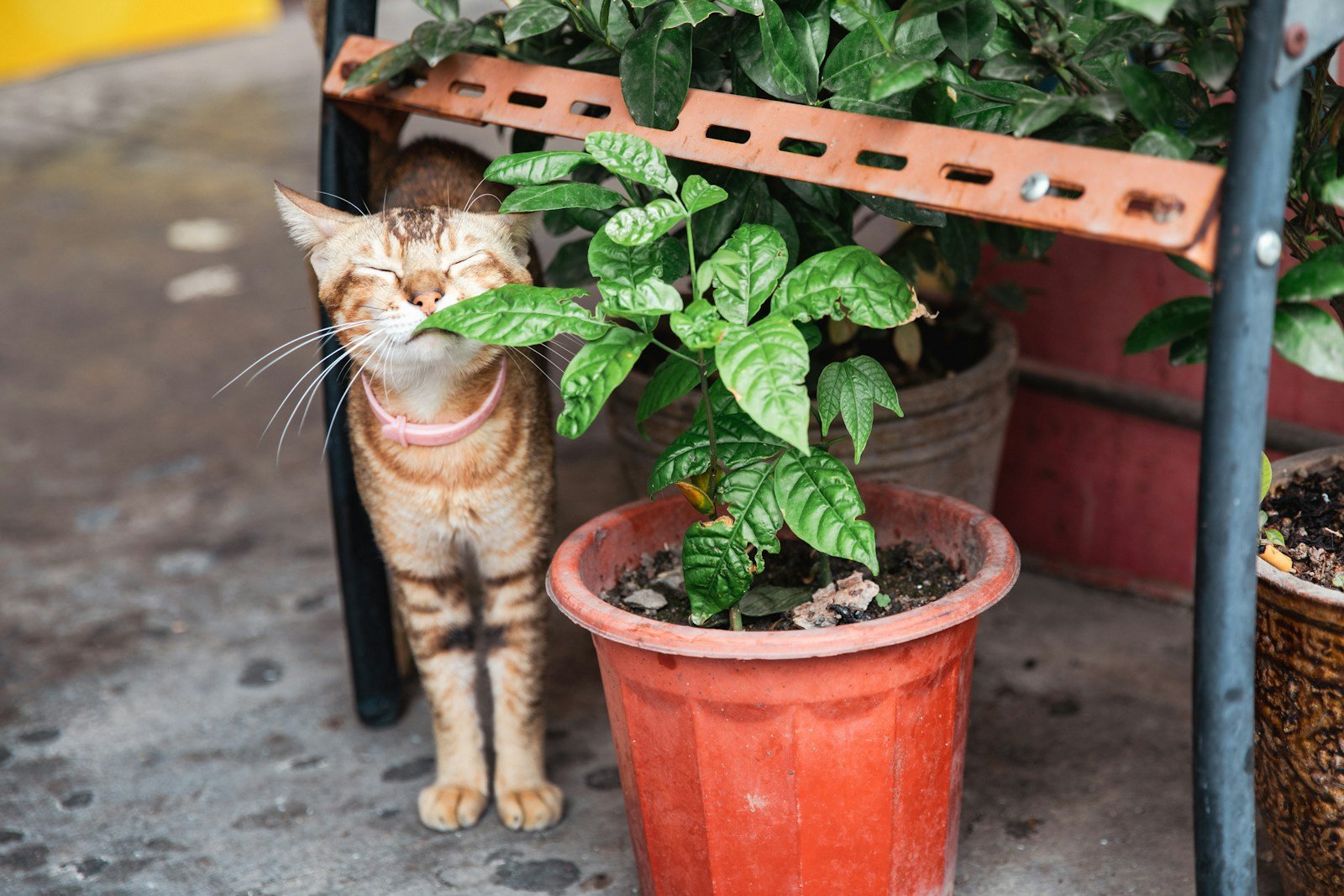
Cats rely on scent for much of their social communication. By smelling each other, cats can determine a range of information, such as age, sex, and reproductive status. Cats also often greet each other through nose touches, a behavior that allows them to exchange scents and establish social bonds.
Scent and Finding Food
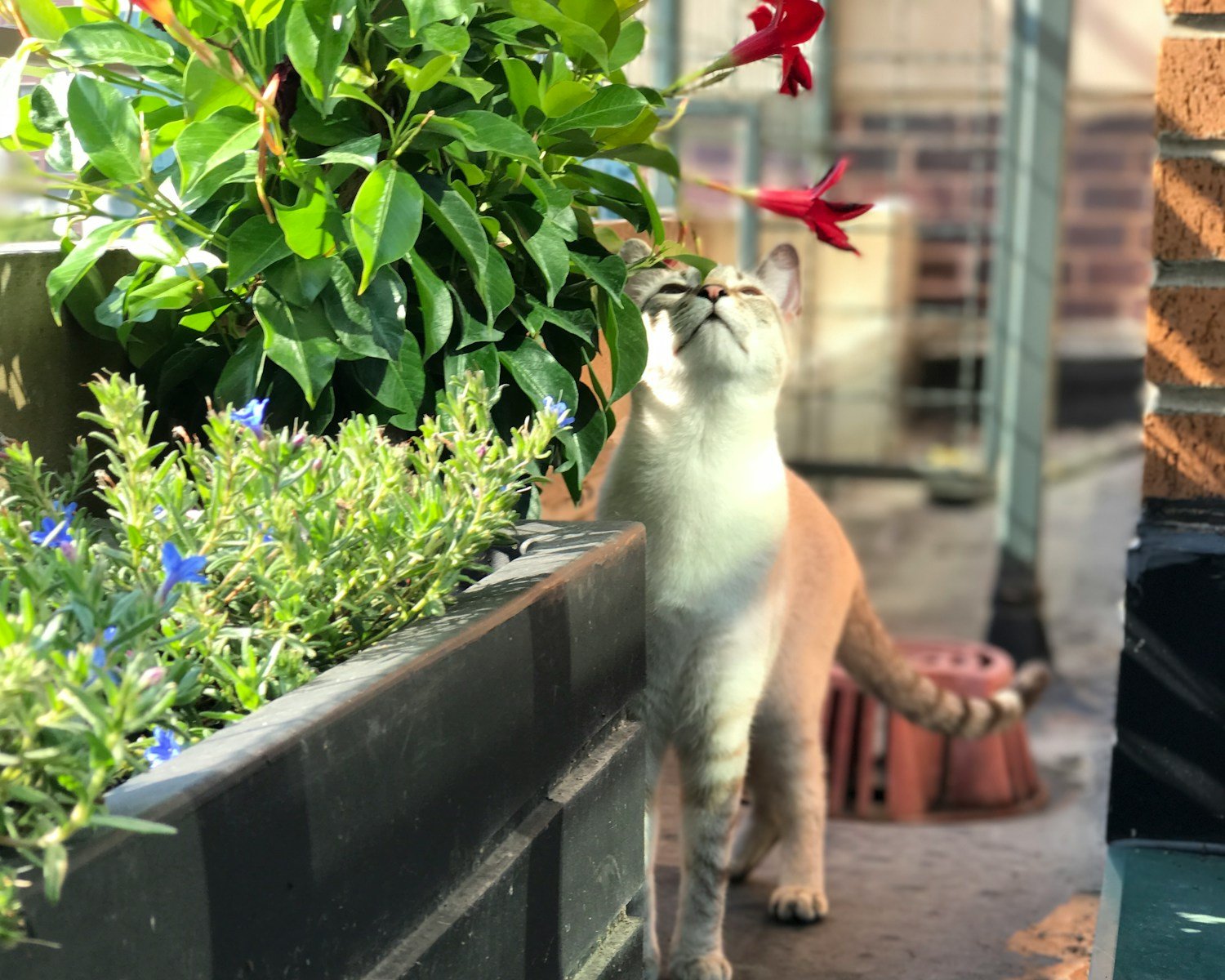
The sense of smell is essential for cats when it comes to finding food. Cats can detect the scent of food from a significant distance. Even indoors, cats will often use their nose to locate the source of food smells, showing a preference for foods with stronger odors, which signals freshness and edibility to them.
Scent and Emotional Well-being
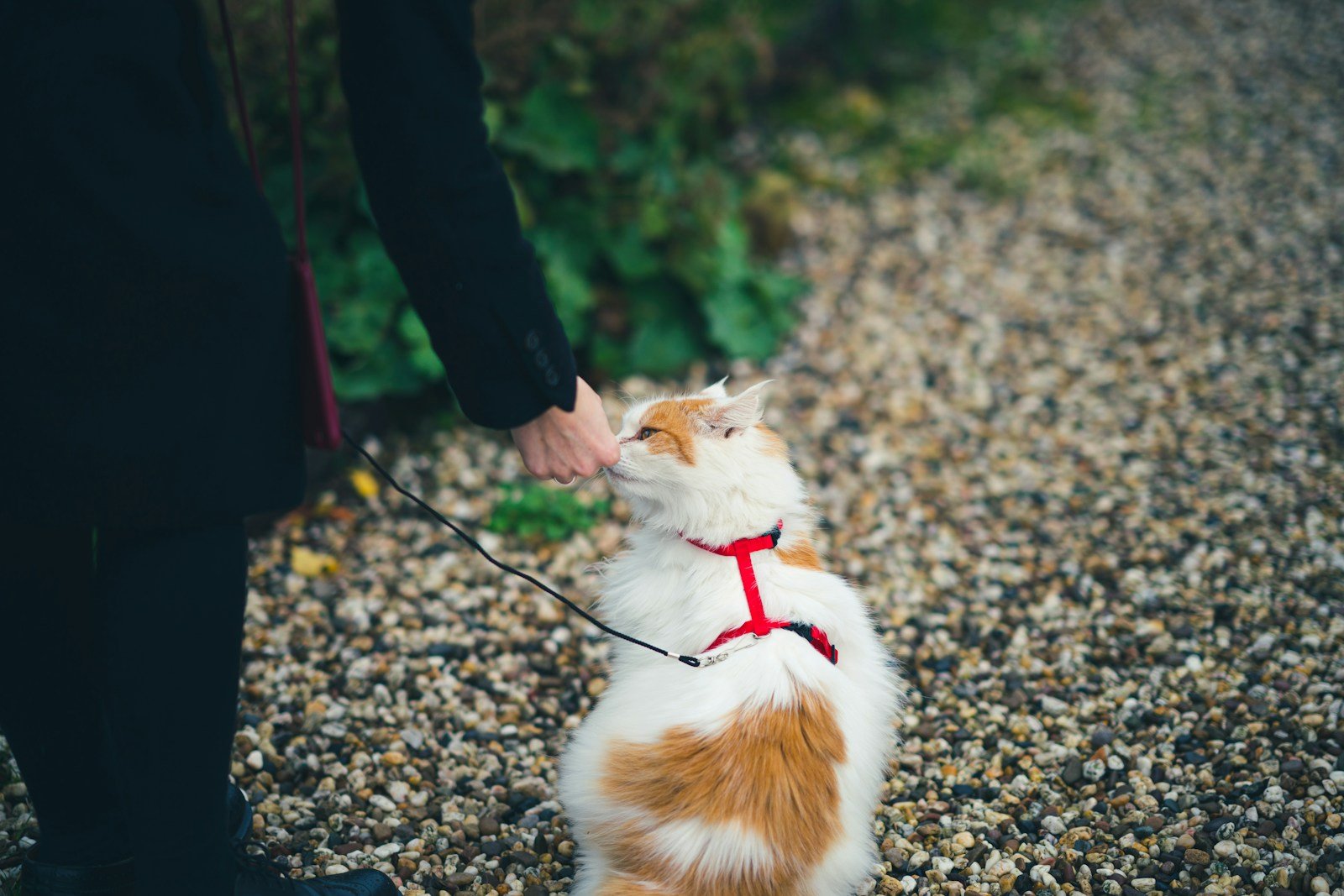
Scent can have a soothing and comforting effect on cats. Familiar smells, such as those of their home or their human companions, can provide a sense of security. This is why displaced or stressed cats may benefit from pheromone therapies or items carrying familiar scents to help them feel more at ease.
Implications for Cat Care
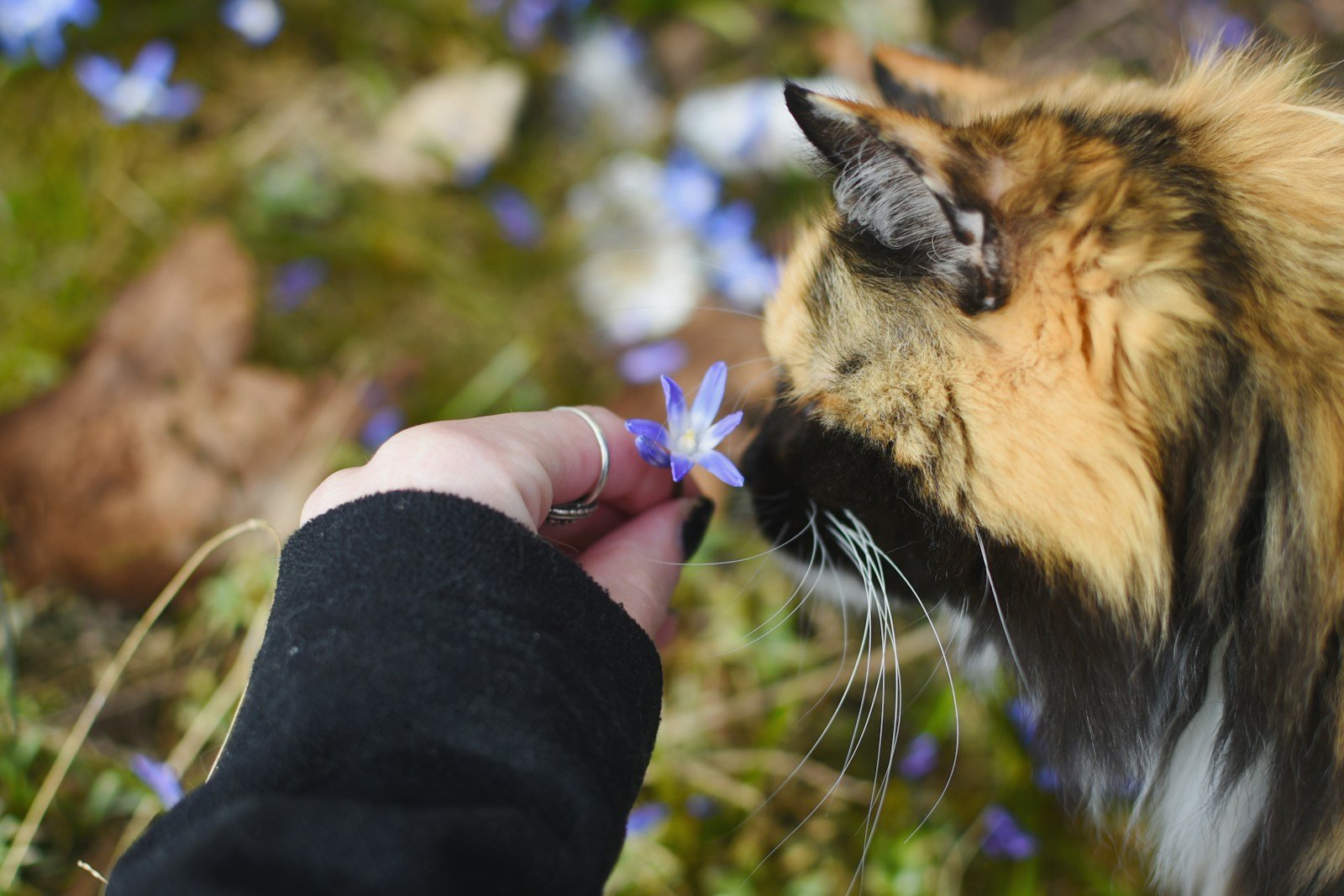
Understanding the importance of smell in a cat’s life can greatly enhance cat care practices. Ensuring a richly scented environment through the use of varied and engaging toys or incorporating scent trails can keep indoor cats stimulated. Additionally, being mindful of strong scents, such as cleaning agents, is crucial as they can overwhelm or distress a cat.
The Future of Feline Olfactory Research
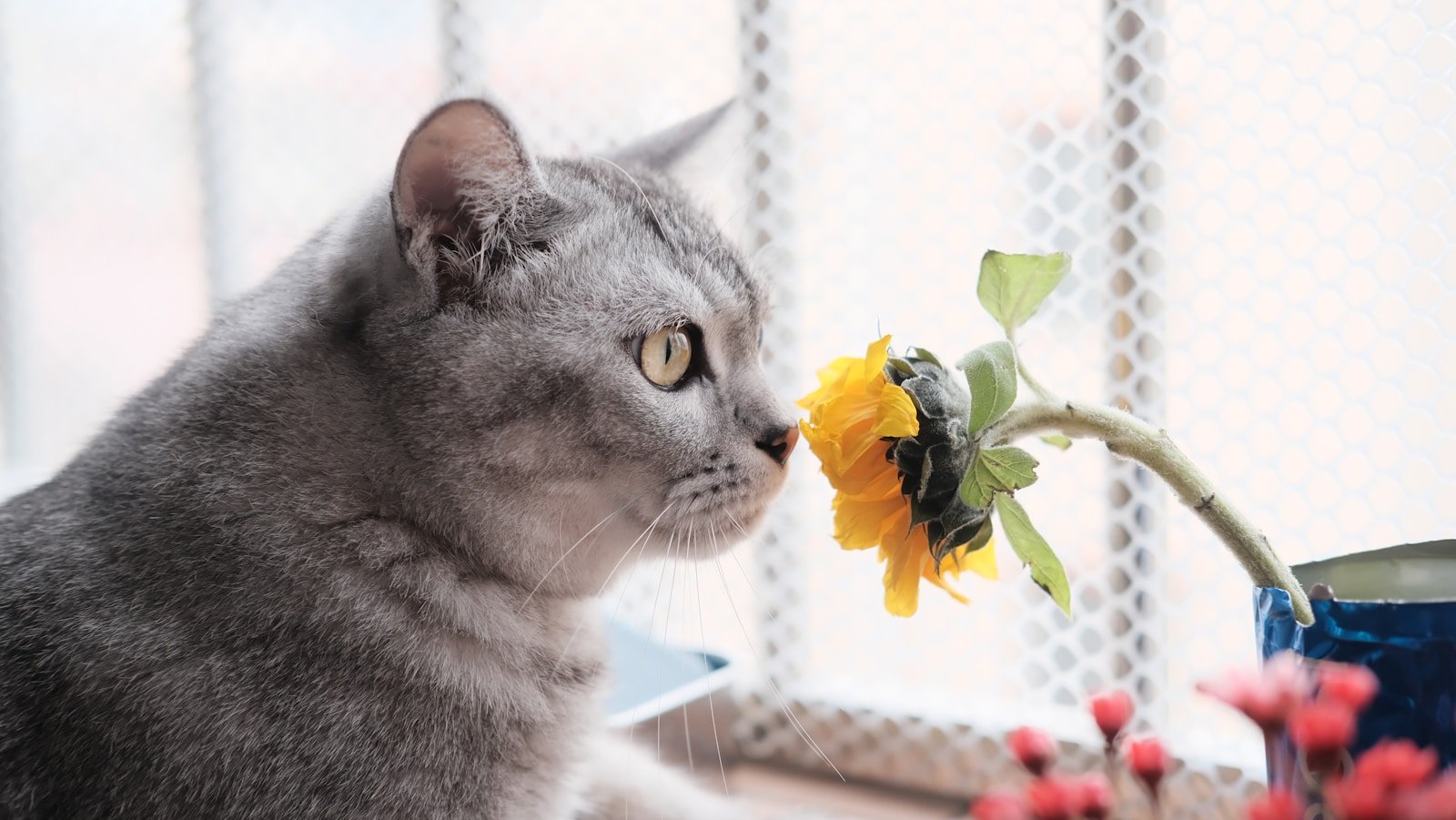
Ongoing research continues to uncover more about how cats utilize their sense of smell. Insights gleaned from these studies not only enhance our understanding of feline behavior and welfare but also pave the way for developing better care strategies and improving human-feline interactions.
Cats’ olfactory capabilities are truly a marvel of nature. Their nuanced perception of the world through smell allows them to thrive in various environments, making them one of nature’s most fascinating hunters and companions.
Hi, I’m Bola, a passionate writer and creative strategist with a knack for crafting compelling content that educates, inspires, and connects. Over the years, I’ve honed my skills across various writing fields, including content creation, copywriting, online course development, and video scriptwriting.
When I’m not at my desk, you’ll find me exploring new ideas, reading books, or brainstorming creative ways to solve challenges. I believe that words have the power to transform, and I’m here to help you leverage that power for success.
Thanks for stopping by, Keep coming to this website to checkout new articles form me. You’d always love it!






